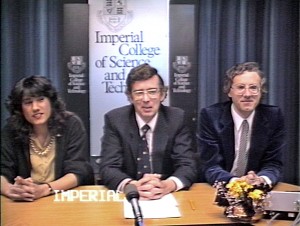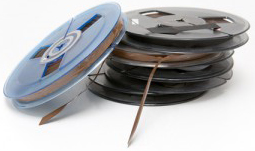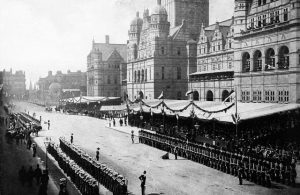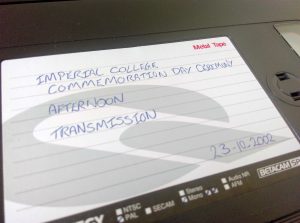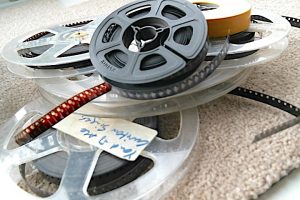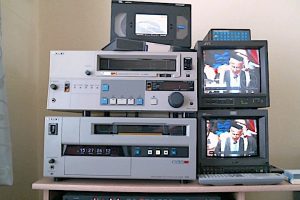Once more we delve into the days of black and white TV with this 1979 interview with the then forthcoming “The Phoenix” editor Steve Marshall. “The Phoenix”, we are told, was originally started in 1887 by the former student of the Normal School of Science (later the Royal College of Science) H.G.Wells. From 2012, here is a brief history of the magazine by Charles Thomas.
As hard as I try I cannot seem to find any web pages relating to “The Phoenix”, so is it still running I wonder? If you can help find a web site and maybe an on-line edition then please comment and I’ll happily update this page.
Colin Grimshaw October 2018
